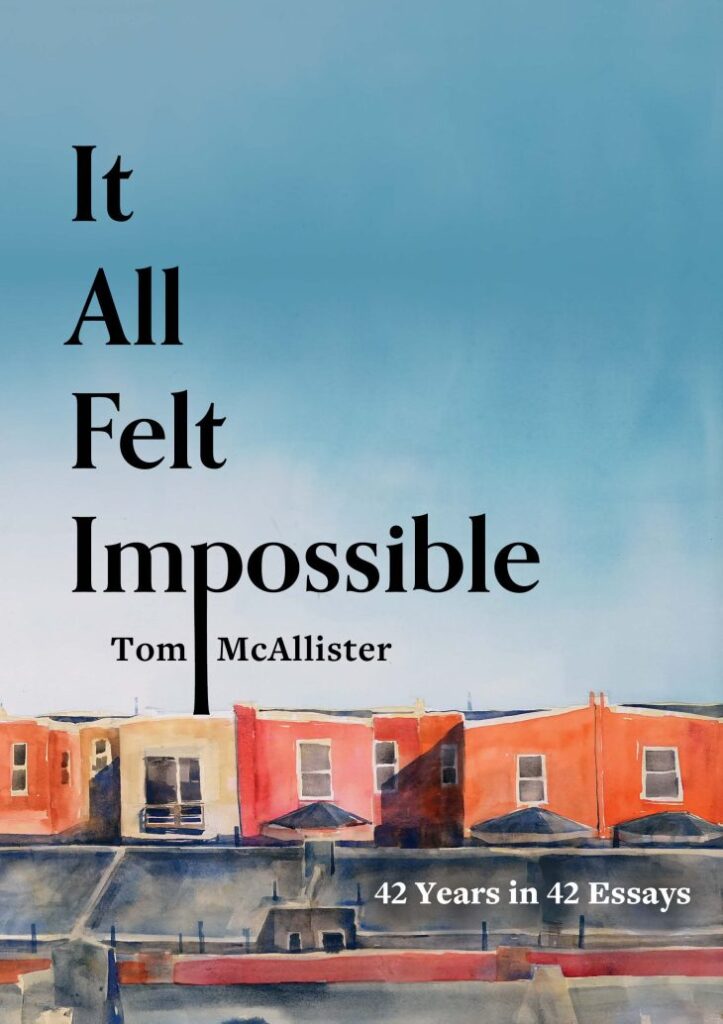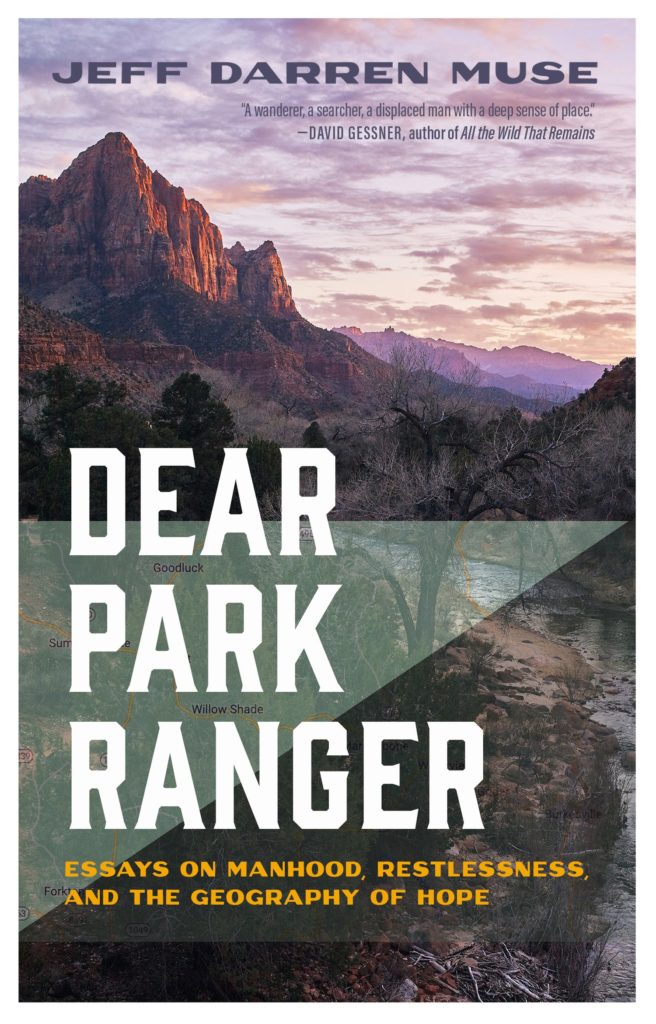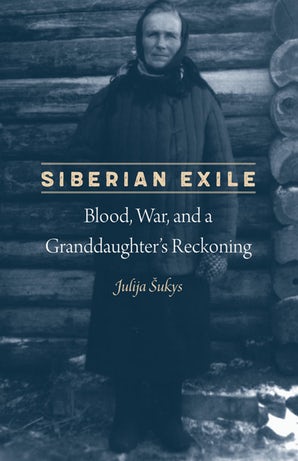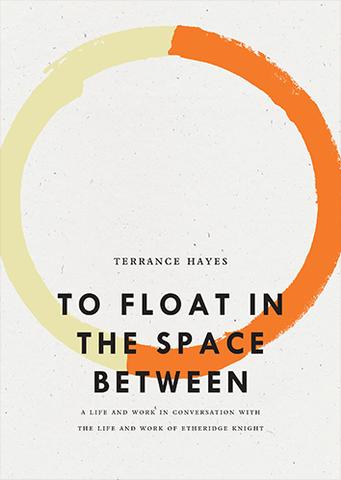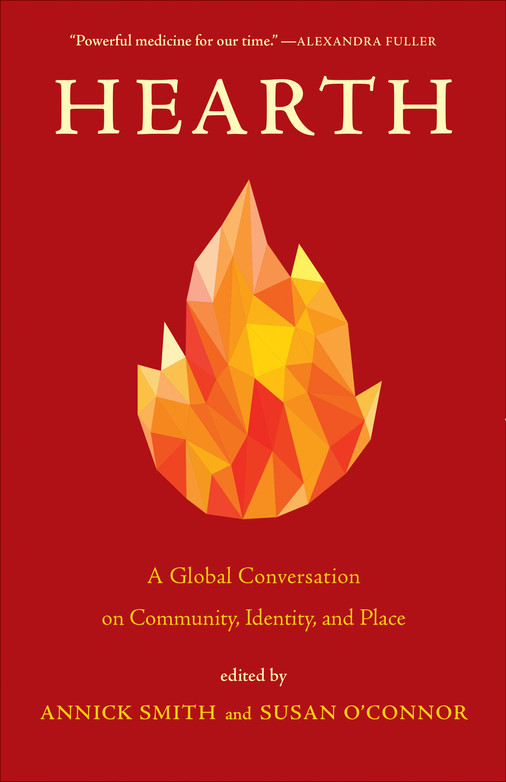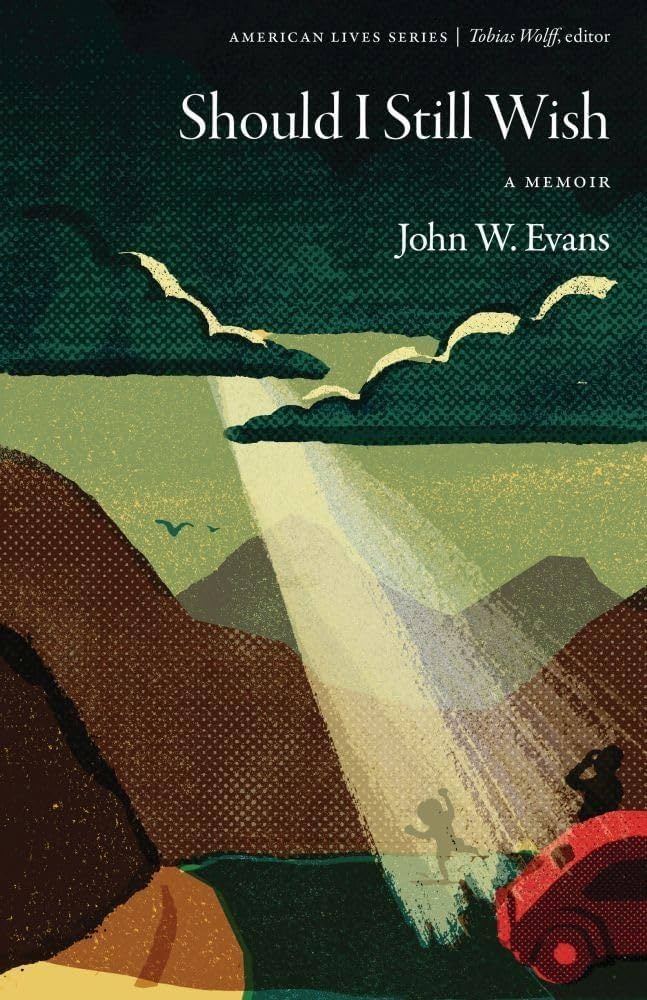By Sarah M. Wells
The Long Weeping: Portrait Essays by Jessie van Eerden
My yoga instructor calls it “rooted and reaching,” that connection between the earthly and the sacred. I am here, even though somewhere in the past, if you’d asked me to shift into downward dog, I would have warned of some foreign demon taking residence in this Christ-saved jar of clay. I am here, on my mat, Christ-filled yet, rooted and reaching.
My yoga instructor identifies the knife-edge of the foot, says to spread wide the toes, and I feel the weight of gravity keeping me there, nothing but a rubber mat separating me from the dirt I come from. She calls forth the Ujjayi breath to calm the mind and warm the body, insists on the lift of both arms wide and spread overhead, and I breathe in, nothing but oxygen and dust separating me from the spirit that bore me. Neither is everything and both are here: the clinging, the stretching. The remembering.
This is the place from which I approach Jessie van Eerden’s The Long Weeping. It’s as if we gather together in some yoga studio, still solidly rooted in the soil of childhood and grappling for a more complicated faith tucked behind the box of generic Cheerios and old Ho-Hos on the top shelf. Van Eerden sidles into her Appalachian past carrying Simone Weil on her shoulders and her own grit between her toes, “speaking out of fury, knowing that fury can have the same source as love.”
The source for van Eerden, at the beginning of the book, is the region, Appalachia, the state, West Virginia, and what van Eerden calls “signs of dying”— death and disease, dirt-floor poverty, lost love, lack of opportunity. She writes of how these griefs intersect with and are made rich, and perhaps strange, and perhaps survivable, by a complex Christian spirituality, which she manifests throughout the collection.
This is not a collection of essays on Christianity but in Christ, in the midst of crucifixion, the embodied and multidimensional experience of grief and of bearing sorrow. There is no proselytization here, only prayer. That prayer is the kind the Spirit groans on our behalf when we know not what to say or ask for or do. Van Eerden may be working out her faith, awash in fear and trembling, through these essays, leaving the unanswerable questions unanswered but reckoned with through lyric.
There’s so much to love about these essays: the music of the language, the honesty of faith and doubt, the complexity of poverty, and the richness of mystery—all woven in van Eerden’s memory and delivered for us to savor and grieve.
In the opening essay, van Eerden reflects on the impulse to make a portrait of poverty and the abuse of humanity in that moment while she recognizes her own creation of art as a similar kind of betrayal. She is from the same ground, after all, writing from within and beyond that poverty, which brings its own kind of tension to the author. “Woman with Spirits | Eliza” (each essay has a title followed by the person portrayed) meditates on photographs taken in the previous century that documented the abject poverty of West Virginians. One photo of Walker Evans and his unkind description of the people he captures haunts van Eerden.
She writes, Evans “framed and cropped their suffering, forced it into a black-and-white record, and claimed for himself a private knowledge of them—that violent kind of knowledge that says: I own you.” Turning from the subject of the photographs to herself, she describes Eliza’s “defiance toward anybody’s pronouncements, toward even a written portrait like this that, in its best effort, is still a kind of containment . . .. And it’s good that it fails. I just wanted to write you, to tell you, that I don’t need to find those photos to see you.” This essay is an open reckoning with what the author resists doing and hopes to achieve in the portraits that follow.
Van Eerden’s essays come out of a prophetic tradition. The word burned in Jeremiah’s bones, the spirit compelling Elijah to buck against power, and the same necessity to speak warning and bear witness radiates in these portraits of rebellion and subversion.
The essay that follows “Woman with Spirits | Eliza” turns from the extreme physical space of poverty to the realm of the mystic, introducing van Eerden’s primary approach to spirituality throughout the collection: “The way I see it,” she writes in “This Soul Has Six Wings | The Beguines,” “a mystic takes a peek at God and then does her best to show the rest of us what she saw. She’ll use image-language, not discourse. Giving an image is the giving of gold, the biggest thing she’s got.” “A mystic is a kid finding kingdom in the ash heap.”
“Image-language” is pure gold, mined everywhere in The Long Weeping. Just when you think you’re going to stay rooted in the spiritual, there the carnal comes back again, all spinning in songful prose:
Word is flesh and must be sensed: it tastes hears sees touches blesses and dresses. Catches the scent. Yields itself to biopsy. Trying to sense this Scripture like a mole its next tunnel turn, I think: and whose hands do you reach for, Flesh, when at the mercy of The Biopsy Report? When it comes back abnormal? Maybe you reach for your cloud of witnesses—you reach for that one to bring you into the circle. She calls you “Baby.”
In essays unwilling to give up hope in something “Other,” often with a tone of lament, van Eerden never shies from or tidies up the realities of this world. Instead, just like “the God who knows what it’s like to have arms stretched back, to be done to and not doing,” she discovers new ways to portray grief and inhabit them, as in her title essay, “The Long Weeping | Rizpah,” a seventy-page midrash, or commentary, on 2 Samuel 21.8-10.
After the slaughter of her sons and grandsons, Rizpah—concubine of Saul—keeps watch over their corpses, shooing away birds and animals night and day. In van Eerden’s version, Rizpah parks her car nearby and is visited by a young girl with jalapeno-flavored potato chips from the local Kroger who tries to take care of her. Van Eerden modernizes the body-shivering-apart grief of a mother who knows what it is like to be done to, and not doing. This incredible essay embeds the strangeness and richness of an Old Testament soap opera by evoking a woman today living in similar straits, in poverty and with injustice; van Eerden makes Rizpah’s grief (hardly a footnote in Scripture) real and tangible to the modern reader.
Thick with image and detail, van Eerden’s essay draws together the breath and sigh, the dirt and grime, make the grieving Son of Man incarnate again:
Rizpah is all out of ideas. She turns back to the seven bodies hanging in the trees. This time, she looks at the foot of the youngest dangling dead boy. Toes scuff the rock beneath: if toes were fingers they’d be drawing with sidewalk chalk. Rizpah has had to agree to the terms of the blue shadows. She doesn’t know how long this will take, this sitting here among large and small stones eating the stale snacks the tiresome sweet girl brings her. She knows only the snow’s rising drifts, no, the desert sand’s drifts—there is of course no snow here—and the birds’ skimming-over and the foxes’ brushing-against and the contours of the bodies in darkness, in light, in darkness, in light, and their leaden movement when the wind moves them.
I feel van Eerden standing near me in our bare feet, rooted and reaching. I feel her encouraging and being encouraged: “Terrifically flawed, we work hard side by side to make the things made, our gifts gifted, and we are enough.”
Orison Books
$15.00 Paperback | Buy now!
Sarah M. Wells is the author of The Family Bible Devotional (forthcoming 2018), the poetry collection Pruning Burning Bushes, and a chapbook of poems, Acquiesce. Essays published in Ascent, Brevity, The Pinch, River Teeth, and Under the Gum Tree have been honored as Notable Essays in Best American Essays 2012, 2013, 2014, 2015, and 2017. She is the recipient of an Individual Excellence Award from the Ohio Arts Council. Wells is the Director of Content Marketing for Spire Advertising and lives in Ashland, Ohio with her husband and three children.


